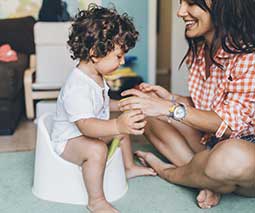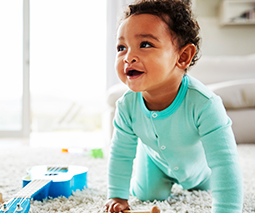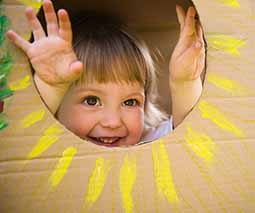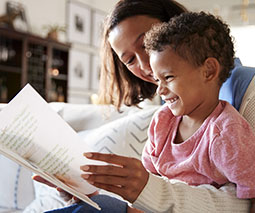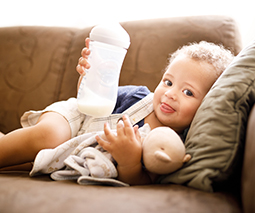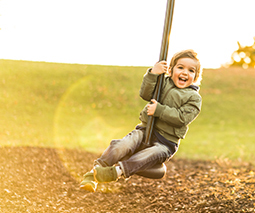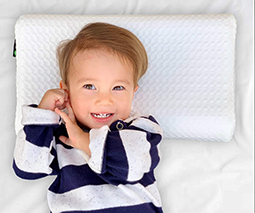10 simple things you can teach your kids without them noticing
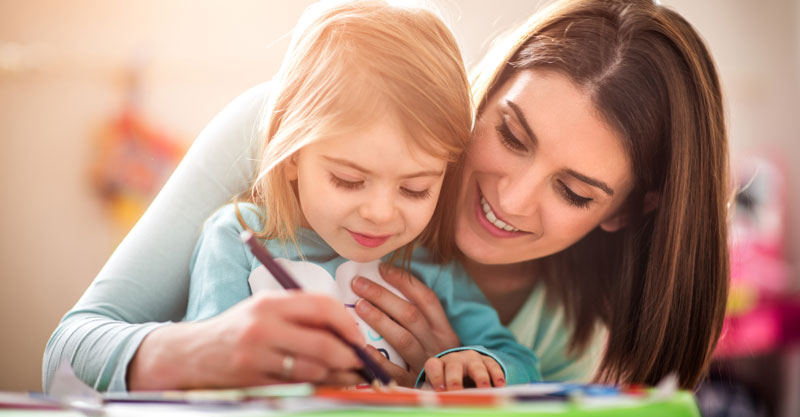
If you’ve ever worried that the everyday things you do with your child don’t make all that much difference to them, or that you need to somehow extend them before they hit school age – this one’s for you.
Each of us is our child’s first teacher. Sure, they will trot off to school one day for their formal education (sniff!) but even before that, they’ve been learning lots of pre-literacy skills and more, from you! You may not have an early education degree, but your little one has been learning how to speak, listen, read, understand, draw and write, well before she steps foot into a school classroom. Here’s how you can continue to teach her the foundations for her formal learning, just by doing everyday things together.
10 everyday learning opportunities around the house with your child
1. Make pancakes and sneak in a science lesson
Cooking up a batch of pancakes on a Sunday morning isn’t only a delicious way to start the day, it’s also a fun way to give your preschooler a science lesson. By mixing the dry and wet ingredients together, he’ll be learning about chemical reactions as the bi-carb soda in the dry mix is combined with the milk. When heat is added to equation, he’ll also observe how energy can change the form of something from liquid to solid. Plus, he’ll get to eat his lesson! Win, win.
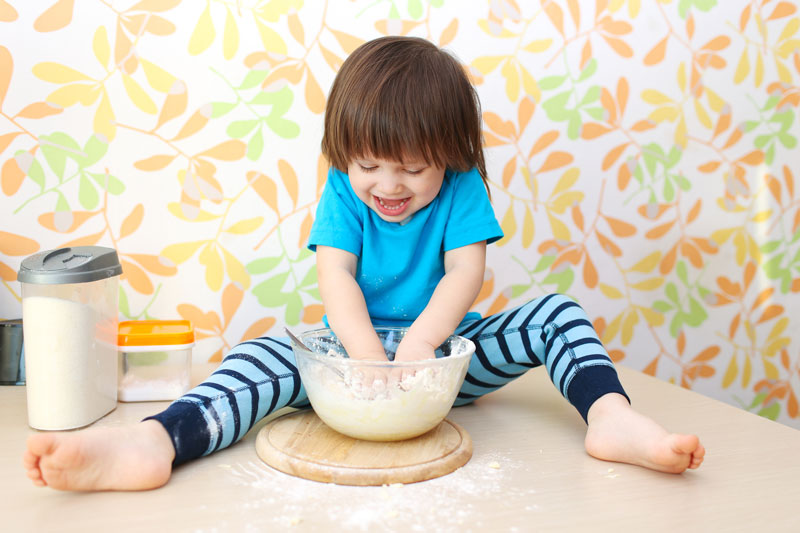
2. Sing nursery rhymes and boost language development
Does your tot love singing nursery rhymes? Great! These little rhyming poems teach littlies to hear the sounds in words. They also strengthen language development and comprehension through storytelling. Plus, you can sing them anywhere, anytime. Changing a nappy? Sing ‘Incy Wincy Spider’. Driving to the shops? Time to belt out ‘This old man’. You get the idea.
3. Paint together and teach about colours
If your toddler is in a creative mood, pull out the washable paints. But don’t stop at letting her get all Picasso on you and creating a new masterpiece for the fridge. Teach her about how when certain colours are mixed together they change into new colours by stirring red and yellow together to make orange, and blue and red to make purple and so on. If your little one is just learning her colours, you can let her spent a few moments taking in the different coloured paint pots and naming them before handing her the brush.
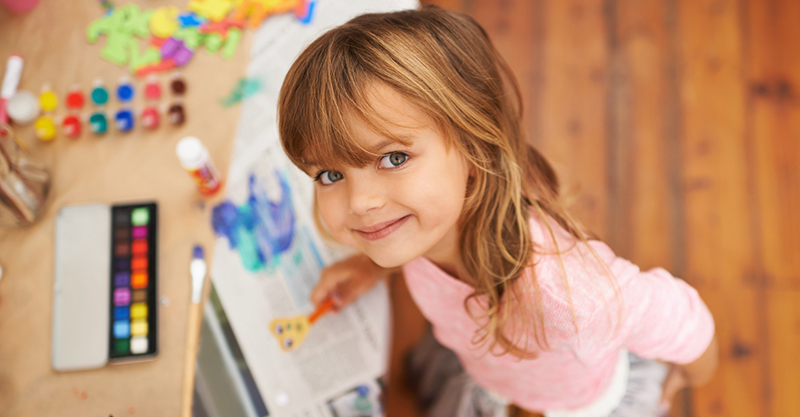
4. Let him push the lift or microwave buttons for number recognition
Toddlers love pushing buttons, but rather than just let him get a thrill out of pressing the number three in the lift, name the number and direct his chubby little finger to it. Likewise, if you are reheating something in the microwave, lift him up to your hip and instruct him which numbers to press.
LOVING this clever new way to help your little one grasp their numbers using Play-Doh! Tell us YOUR fun games and tips for helping your kids learn their numbers and letters? (SP)
Posted by Babyology on Sunday, 15 October 2017
5. Play with Play-Doh and develop future handwriting skills
Squishing Play-Doh isn’t just every toddler’s favourite thing to do! All that moulding, rolling, cutting and pressing is actually helping to build up her fine motor skills. And fine motor skills are what she’ll need when it comes to holding a pencil in school and learning how to write. Plus, it’s a fun way to get her creative juices flowing!
6. Bake a cake and teach fractions
Getting messy with your toddler in the kitchen and baking a cake is a great way to slip in a maths lesson. As well as enthusiastically sifting the flour, adding the ingredients and stirring with such force you won’t need an electric mixer, he’ll be learning about measurements and fractions. Simply chat and narrate what you’re doing – “I’m measuring one cup of flour and next we’ll need one tablespoon of oil” – as you go.
7. Read favourite books and extend speech, language and comprehension
Never underestimate the power of story time for developing language, pre-reading and pre-literacy skills. Even if she only ever wants the same book read over and over, you can use this to extend her learning. Encourage your little one to turn the pages and talk about what she sees. Use your finger to guide your child’s eyes from left to right across the page as you read, and point out certain words or phrases so she gets familiar with the shape of the letters and the way a book is read.
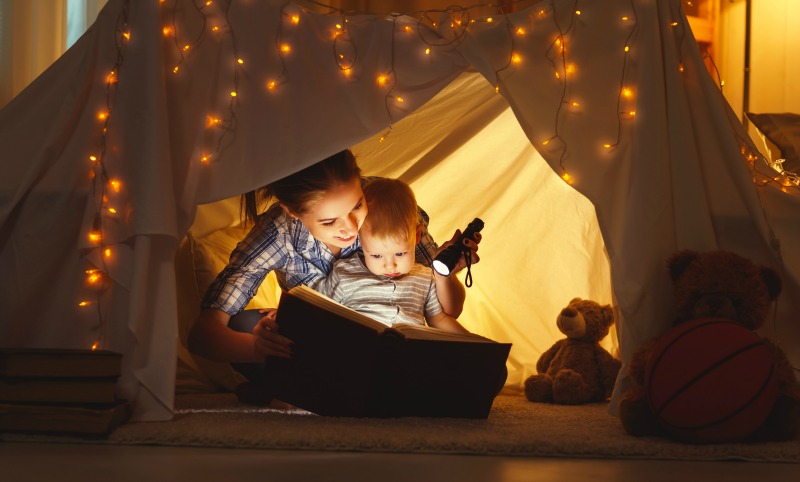
8. Go to the shops and teach about money
A quick trip to the local cafe or supermarket is an ideal opportunity to teach your child about the concept of money, as well as giving a little maths lesson. If your toddler wants to play customer, you could hand him the $10 note to give to the barista and then point out the change you are given after paying.
9. Play mazes and problem solve
Working out how to get from A to B helps your little one to develop his problem solving skills. Sure, she may “hit a fence”, as my preschooler says, when she’s doing a maze, but this will only encourage her to find another direction and way out. If your child isn’t up to mazes yet, give her age-appropriate puzzles and she’ll be working out her little brain as she tries to figure which piece goes where.
10. Play ‘I spy’ in the car and teach colours and letters
When your child is still in his car seat and taking in the world, it’s the perfect time to discuss what he sees and weave in some teaching. Chat about what’s out the window and play ‘I spy’ if he’s up to this. You can use letters or colours – which makes it a great way of consolidating what he already knows, and teaching first letters too.
(This post is sponsored by Play-Doh – buy in store or online at Kmart, Target, Big W, Mr Toys or Toys R Us)
